Samples collected from an asteroid have been found to contain organic molecules, including uracil, a building block of RNA. This suggests that the chemicals that kickstarted life on Earth could have been delivered on meteorites.
A remarkable Japanese mission to the asteroid Ryugu in 2020 returned 5.4g of material for lab analysis, free of earthly contamination. Asteroids were believed to contain organic chemicals and water from when the solar system was forming, around 4.6 billion years ago.
‘The presence of uracil in asteroidal materials strongly suggests that it has been provided to the early Earth before the emergence of the first life, and possibly it plays a role in the birth of life,’ notes first author Yasuhiro Oba at Hokkaido University in Japan. Also detected in the pristine samples brought back by the Hayabusa2 spacecraft were nicotinic acid (vitamin B3), its derivatives and imidazoles.
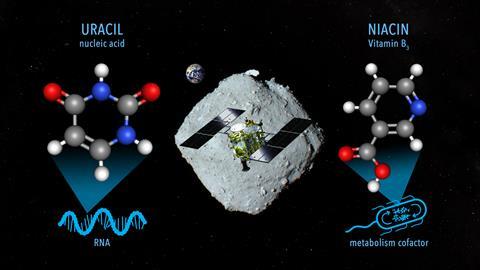
Around 10mg of the samples were available for analysis using ultrahigh resolution mass spectrometry coupled with high-performance liquid chromatography or capillary electrophoresis. The concentration of uracil was 11ppb and 32ppb in two samples. For vitamin B3 it was 49ppb and 99ppb.
Imidazoles can act as catalysts for the activation of nucleotides and amino acids, and therefore could play a role on the chemical evolution of asteroids and early Earth. Nicotinic acid is part of nicotinamide adenine dinucleotide, or NAD, a coenzyme in essential metabolic reactions.
Although uracil and nicotinic acid were previously identified from meteorites that fell to Earth, ‘it is always good to have a verification in relatively pristine samples’, notes George Cooper at Nasa’s Ames Research Center. ‘The finding [by the Japanese group] helps to verify that such compounds were, at least, available for incorporation into the first cell-like structures on the early Earth.’
Ryugu has been shown to be very similar to carbonaceous meteorites held in collections. This ‘strongly suggests that meteoritic nucleobases detected in previous studies are reasonably considered to be extraterrestrial in origin’, according to Oba.
This could bolster the hypothesis that life on Earth had extraterrestrial inputs. But the work will not settle fierce arguments over whether life began under the sea or in stagnant pools where RNA could replicate, or somewhere else entirely.
The role of meteorites and comets remains hotly contested too. ‘If we are looking at meteorites as a source of prebiotic molecules, then there remains a concentration and an energy problem,’ says Bill Martin, a microbiologist at the Heinrich Heine University in Düsseldorf, Germany. He notes that 10ppb of uracil is about six orders of magnitude less than the amount present in a single typical cell. ‘The route to life would have required concentration mechanisms that specifically enrich the molecules of life relative to the main components of carbonaceous chondrites,’ says Martin. ‘Even then, the origin of life is not just the reorganisation of pre-existing compounds.’
He favours life beginning around hydrothermal vents, where pathways to build molecules were determined by metallic catalysts known to be present there. ‘Life is, without exception, an energy releasing chemical reaction, not just a process of stirring together preformed components present in parts per billion amounts,’ says Martin.
References
Y Oba et al, Nat. Commun., 2023, 14, 1292, (DOI: 10.1038/s41467-023-36904-3)


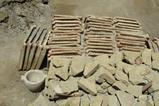


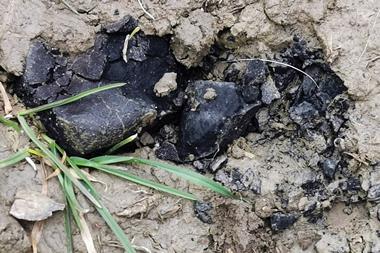
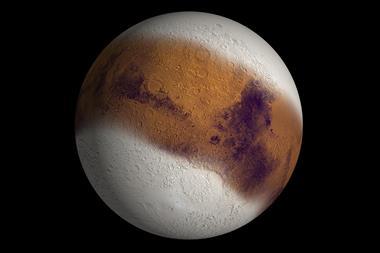




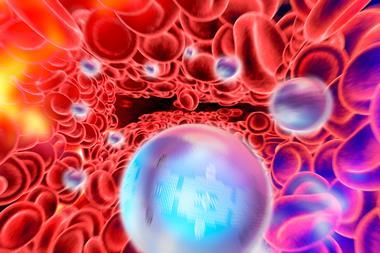





No comments yet